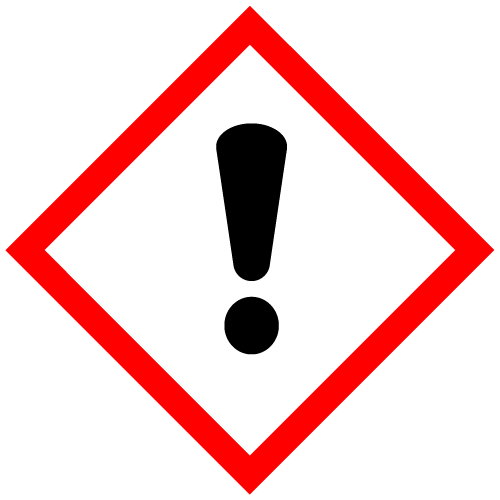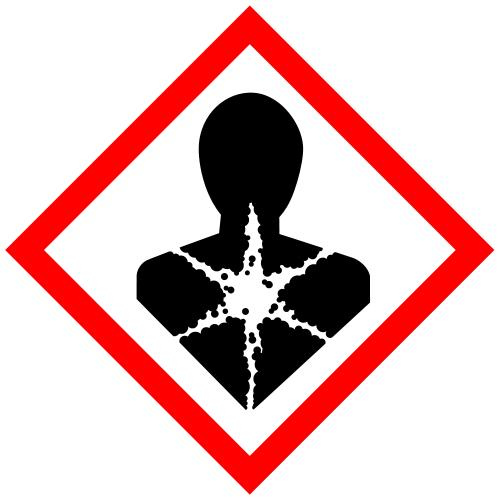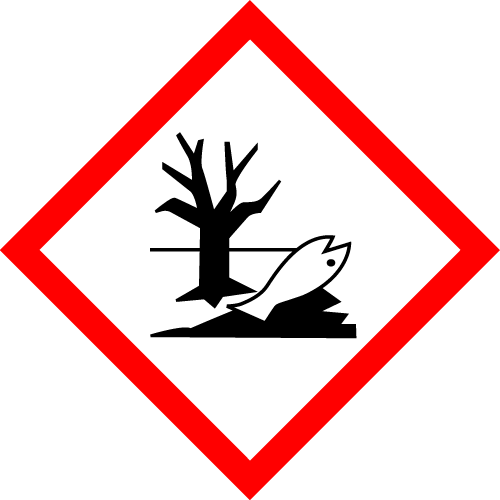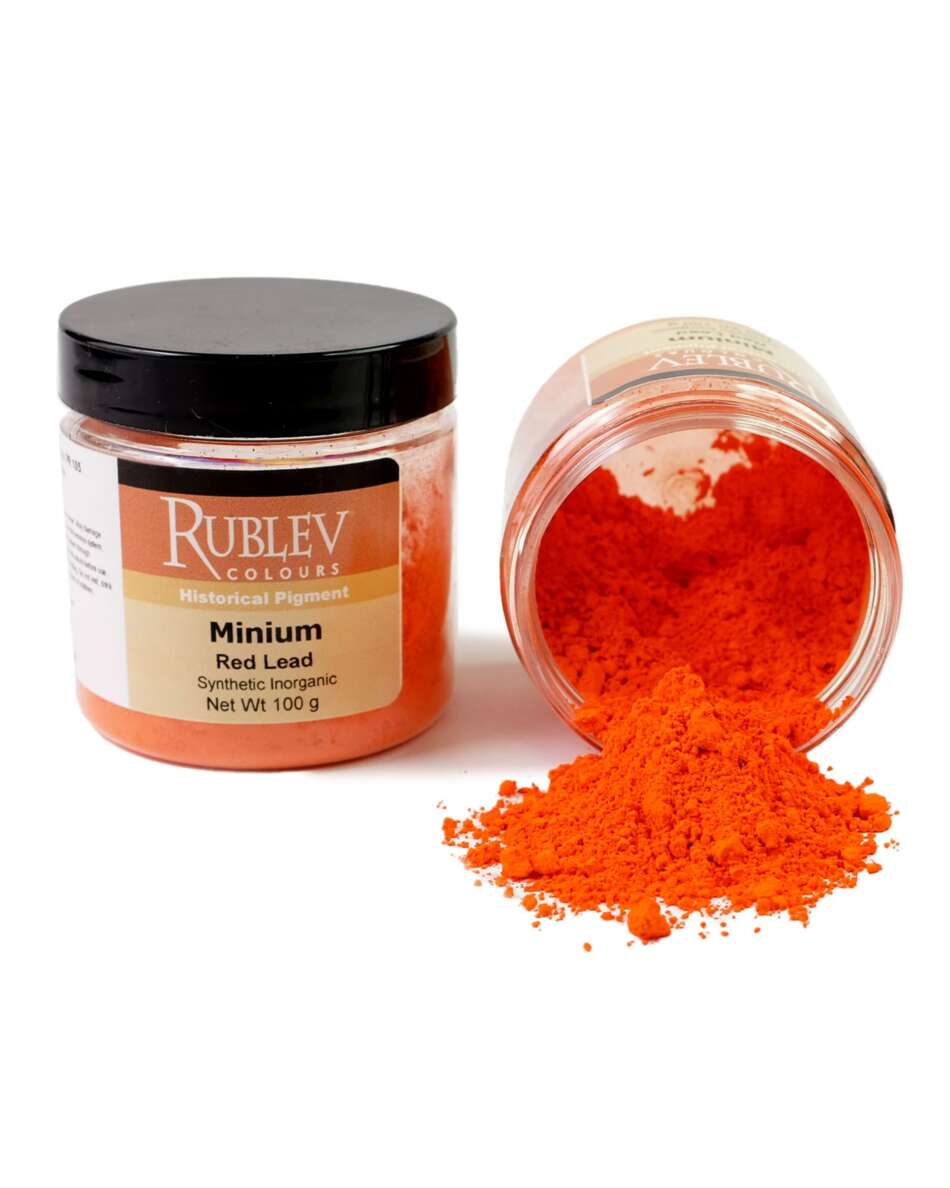Minium (Red Lead or Surik) Pigment
Minium, also known as “surik” (Russian), is “red lead,” an oxidation product of lead minerals. Minium gets its name from the Minius River in northwest Spain, where the native mineral was once mined in antiquity. The name minium has also been applied to cinnabar, a red mercury sulfide, but now is exclusively used to refer to red lead oxide. The artificially produced minium is used as a pigment in paints and dyes although the health concerns of lead have greatly diminished this role.
| Pigment Names | |
| Artificial: | Chinese: ch'ien tan or tan-fen English: red lead, minium French: minium or minium de plomb German: Mennige or Bleimennige Italian: minio or minio di piombo Japanese: etan Russian: Spanish: minio |
| Mineral: | English: minium French: minium German: Mennige Italian: minio Russian: Spanish: minio or azarcon, from Arabic zarqun |
| Synonyms: | English: mine rouge, mineral red, Paris red, red lead, Sandix, Saturnine, Saturn red, surick, surik Italian: rosso saturno |
Origin and History
Red lead was used in the classical world at least since the 2nd century C.E. According to Ralph Mayer (The Artist's Handbook, p. 51), the Romans had applied the word minium to their native vermilion, cinnabar, and to a lesser extent, to a refined red oxide. Perhaps because cinnabar was often adulterated with red lead the term "minimum" was gradually more specifically applied to this mixture, and eventually to straight red lead. Cennino Cennini simply says of it, "A color known as red lead is red, and it is manufactured by alchemy." In medieval Latin it was called minium, and its extensive use in medieval illuminated manuscripts gives us the word "miniature", although it is purely coincidental that these works were small (to fit on the page). The Indian and Persian miniatures of the 17th to 19th centuries, which also feature red lead abundantly, are often finely detailed but not necessarily small at all. Red lead was often used as a substitute for genuine vermilion because it was a less expensive pigment.
Source
Red lead was a product of smelting lead ore since antiquity, although in medieval times it was prepared by heating lead white (basic lead carbonate) in air. Red lead is now made by heating litharge or white lead for some hours at a temperature of about 480° C. The pigment is bright red, has good hiding power and excellent texture. It is finely divided but may be either crystalline or amorphous, depending upon how it is made. Chemically, red lead is fairly active. When exposed to light and air it is not a particularly stable pigment. In spite of its bright color and good covering power artists do not much use it now, although it is still obtainable. Minium (red lead) is composed primarily of lead tetroxide (Pb3O4) 85 to 98% and litharge (PbO) 15 to 2%. The greater the amount of litharge the faster drying the pigment is in drying oil. When red lead contains greater than 10% litharge, it is unsuitable for use in oil paint that will be stored for any length of time.
Rublev Colours Red Lead (minium) is artificially made and is composed of 98% red lead (lead tetroxide, Pb3O4) and 2% litharge (PbO).
Permanence and Compatibility
Minium is liable to discoloration in the presence of air pollutants such as hydrogen sulfide. It reacts upon some pigments that contain free amounts of sulfur, such as poorly made cadmium yellows, for example. It should not be used in watercolor painting, as it may darken when exposoed to humidity and light. When mixed with oil (it requires only 10% binder), it is fairly permanent. It is best suited as an oil color or in encaustic paint. It has a good reputation in tempera painting. It has been observed to lighten in fresco painting due to the formation of lead sulfate from its interaction with moisture and the atmospheric pollutant of hydrogen sulfide.
Oil Absorption and Grinding
Red lead absorbs a very low amount of oil. The oil absorption ratio is 100 parts by weight of pigment to 6 parts by weight of linseed oil. If the measurement were grams, it would require 6 grams (by weight) of linseed oil to grind 100 grams (by weight) of pigment to form a stiff paste. It makes a very fast drying oil paint, and forms a hard, flexible film. When it is ground in oil, a little wax may be added to guard against its hardening too quickly.
Toxicity
Red lead is highly toxic, and utmost care should be used in handling the dry powder pigment to avoid inhaling the dust or ingesting the pigment in any form.

Pigment: Rublev Colours Red Lead (Minium)
| Pigment Information | |
| Color: | Red |
| Colour Index: | Pigment Red 105 (77518) |
| Chemical Name: | Lead Tetroxide |
| Chemical Formula: | Pb3O4 |
| ASTM Lightfastness Rating | |
| Acrylic: | Not Rated |
| Oil: | Not Rated |
| Watercolor: | Not Rated |
| Properties | |
| Oil Absorption: | 6 g oil/100 g pigment |
| Average Primary Particle Size: | 2 µm |
| U.S. Standard 325 Mesh Retain: | 0.05% |
| Specific Gravity: | 8.8–9.1 |
| Density: | 0.85–1.16 g/in3 |
| Hardness: | 2.5–3.0 |
| Refractive Index: | na=2.400 |
Health and Safety
DANGER! CONTAINS LEAD. HARMFUL IF SWALLOWED. Avoid ingestion and skin contact. Wear protective clothing and gloves to prevent contact with skin. Never use near children or pets. Conforms to ASTM D 4236.
DANGER
CONTAINS LEAD / CONTIENT DU PLOMB
DO NOT APPLY TO SURFACES ACCESSIBLE TO CHILDREN OR PREGNANT WOMEN.
NE PAS APPLIQUER SUR UNE SURFACE ACCESSIBLE AUX ENFANTS OU AUX FEMMES ENCEINTES.
Must be used exclusively as material for the purposes of arts, crafts or hobbies, not for use by children. Utiliser uniquement aux fins suivantes comme matériaux pour les besoins d'art, d'artisanat ou passe-temps, pas pour une utilisation par les enfants.
| SKU | 457-10 |
|---|---|
| Brand | Rublev Colours |
| Vendor | Natural Pigments |
| Processing Time | Usually ships the next business day. |
| Color | Red |
| Pigment Type | Inorganic, Historical, Synthetic |
DANGER! CONTAINS LEAD. HARMFUL IF SWALLOWED. Avoid ingestion and skin contact. Wear protective clothing and gloves to prevent contact with skin. Never use near children or pets. Read the MSDS for all cautionary statements. Conforms to ASTM D 4236.
DANGER
CONTAINS LEAD / CONTIENT DU PLOMB
DO NOT APPLY TO SURFACES ACCESSIBLE TO CHILDREN OR PREGNANT WOMEN.
NE PAS APPLIQUER SUR UNE SURFACE ACCESSIBLE AUX ENFANTS OU AUX FEMMES ENCEINTES.
Must be used exclusively as material for the purposes of arts, crafts or hobbies, not for use by children. Utiliser uniquement aux fins suivantes comme matériaux pour les besoins d’art, d’artisanat ou passe-temps, pas pour une utilisation par les enfants.
Hazard Pictograms
 |  |  |
| GHS07: Exclamation Mark | GHS08-2: Health Hazard | GHS09: Environment |
Signal Word: Danger
Hazard Designation
H302 Harmful if swallowed.
H332 Harmful if inhaled.
H360 May damage fertility or the unborn child.
H373 May cause damage to organs through prolonged or repeated exposure.
H410 Very toxic to aquatic life with long lasting effects.
Safety Designation
P260 Do not breathe dust/fume/gas/mist/vapors/spray.
P261 Avoid breathing dust/ fume/ gas/ mist/ vapors/ spray.
P280 Wear protective gloves/ clothing/ eye/ face protection.
P281 Use personal protective equipment as required.
P405 Store locked up.
P501 Dispose of contents/ container according to regional, national and international regulations.
![]() WARNING: This product can expose you to chemicals including lead, which is known to the State of California to cause cancer and birth defects or other reproductive harm. For more information go to www.P65Warnings.ca.gov.
WARNING: This product can expose you to chemicals including lead, which is known to the State of California to cause cancer and birth defects or other reproductive harm. For more information go to www.P65Warnings.ca.gov.



